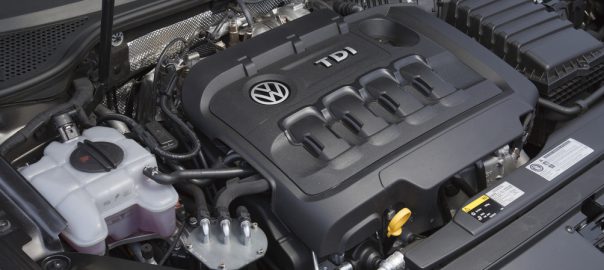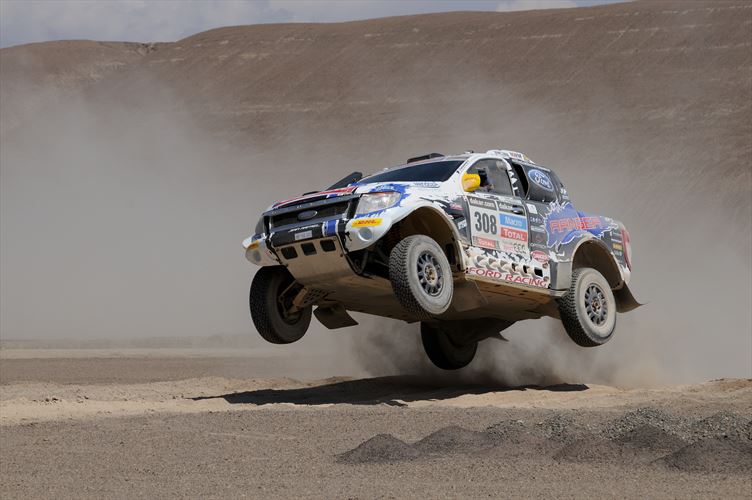What do you do if your engine overheats? Stop as soon as possible, and do not immediately remove the radiator cap. Wait until it has cooled, or at least until the steam stops coming out of the overflow pipe. Then remove the cap carefully.
Start the engine and let it idle fast while pouring cold water into the radiator very slowly so that it can mix with the hot water still in the engine. You have to avoid a large amount of cold water finding its way into the system, where it can cause distortions.
Try to find the cause of the overheating before continuing on your journey.
Thermostat
Many people tend to remove the thermostat at the first sign of overheating, but this will alleviate the problem only if the thermostat has been sticking in the closed position, which doesn’t happen very often. ln most cases, the fault lies somewhere else, and removing the thermostat will do more harm than good, because the engine needs it to regulate the temperature.
A cold engine will suffer excessive engine wear and cause an increase in fuel consumption. An engine loses power when it runs at below normal temperature, and the driver will have to use a bigger throttle opening to get the same performance. lt could also lead to sludge forming in the crankcase, poor fuel vaporisation and oil dilution.
Thermostats are sometimes available in different heat values, so that they open at different temperatures, and the hottest one will allow the engine to give the most power. Test the thermostat by putting it, together with a thermometer, into a container of water on a hot plate, and noting how it behaves. lt should start to open within about 5C of the temperature stamped on the body of the thermostat, and be fully open when the temperature is about 18 degrees higher.
Welch plugs
These are dished, round discs on the block or cylinder head that cover the openings that were needed to get casting sand out during the manufacturing process. Older engines sometimes suffer a disastrous leak due to a rusted Welch plug. Some brands are more prone to this than others, and one should make an effort to inspect all of them at least twice a year.
They are often in spots that cannot be seen easily, such as in the block underneath the exhaust manifold, or in the back of the cylinder head just millimetres away from the bulkhead, so that you are forced to use a mirror to inspect them.
The first sign of trouble is usually a ring of rust where the plug enters the casting. Once the rust gets deep enough, the plug will start to leak, rapidly leading to total failure.
Water hoses
Hoses should also be inspected, and here one can assume that when the hose looks old and frayed on the outside, especially where the clip is clasped, the condition will be worse on the inside.
If the engine has seen a lot of mileage you should remove the hoses for an internal inspection. They should be neither hard and brittle nor soft and mushy.
A long hose can be squeezed to make sure that the inside has not collapsed, because sometimes an internal layer separates and restricts the water flow.
The bottom hose is under suction from the pump, and often fails by closing up, so it should be carefully inspected.
When replacing the hoses, make sure you use a good quality clip, and that the clip grips the hose at the correct place and not around a section that is not supported by the outlet or inlet elbow. The body of the heater, and especially the hoses, should also be inspected for signs of decay or leakage, because these parts often give roadside trouble.
Radiator
The outside of the radiator core should be cleaned periodically with a soft brush or a powerful stream of water, to remove the dirt and insects from the space between the fins, but do not use a scraper because the fins and tubes can easily be damaged. On an older car, the core eventually gets to the stage where it needs to be repaired by a professional.
Cooling fan
lf the fan blades show any cracks they should be replaced immediately. A flying piece of blade, whether plastic or steel, can damage the radiator core. Furthermore, the lack of balance caused by running the engine with a part of a blade missing has been known to crack the water pump body, and the immediate loss of coolant can lead to a seized engine.
lf you discover a cracked or broken fan blade while on a journey, you can still get home by removing the fan completely, leaving the pulley behind, so that the water pump is still
working. You can drive at your usual speed, because the engine only needs the cooling breeze from the fan when the speed falls below about 70 km/h for some time. I know, because in my youth I removed the fan blades to get a few extra kilowatt, but I used the car on the open road as much as possible. – Jake Venter








